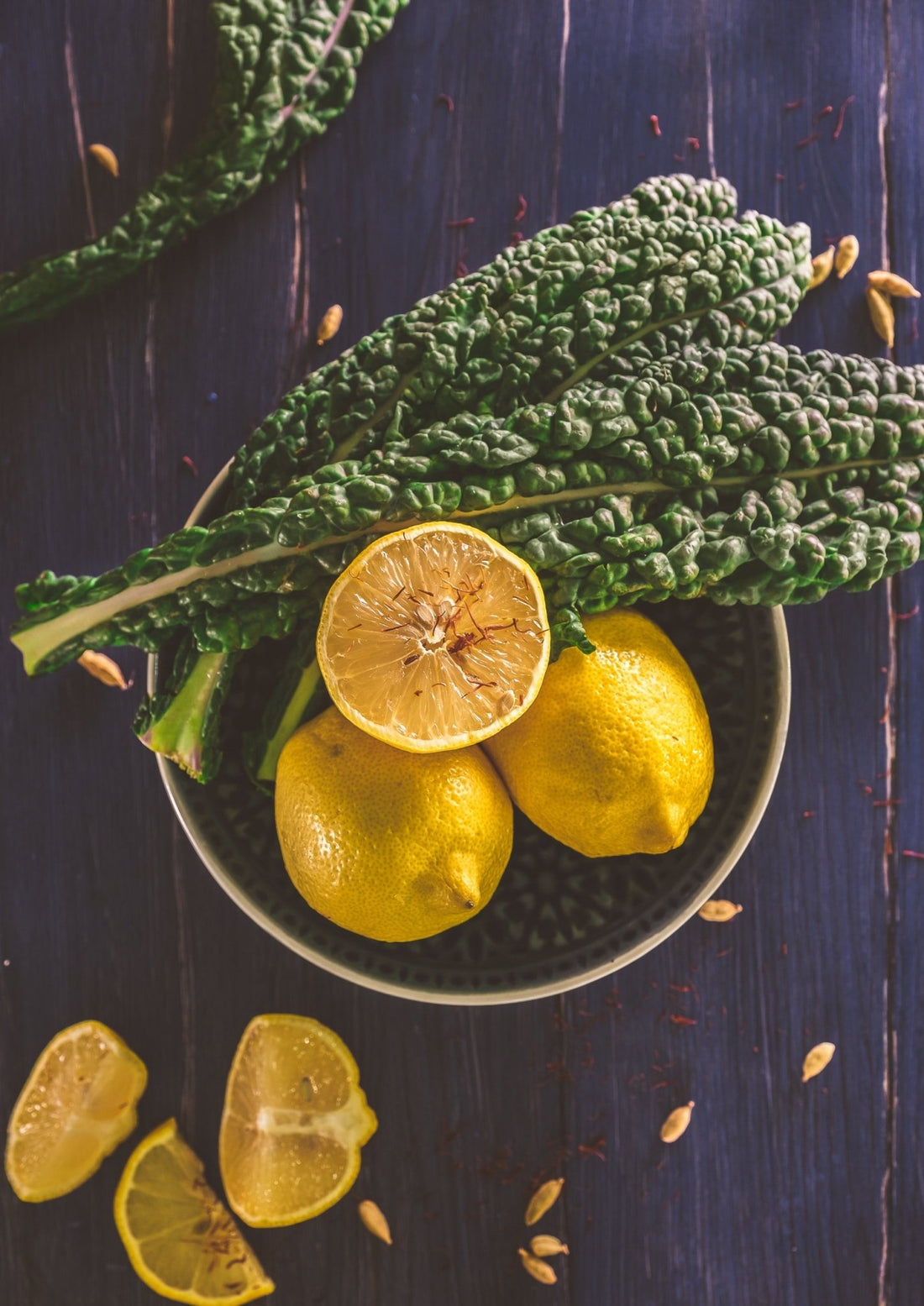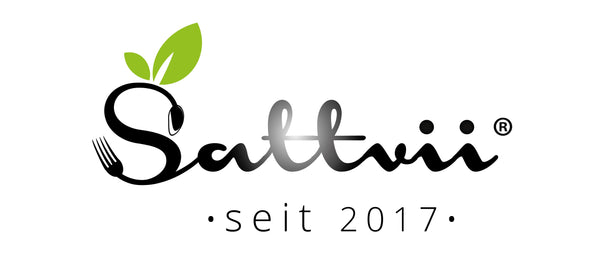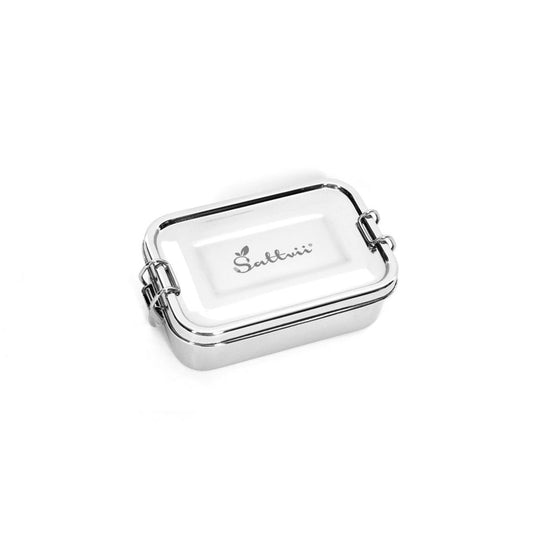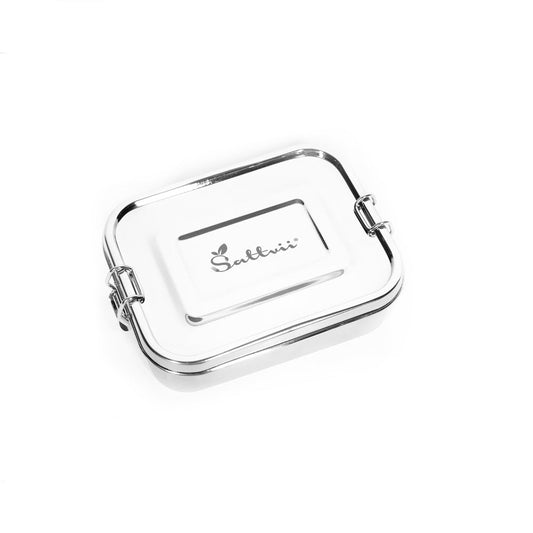
Diet for diverticulitis - you need to pay attention to this
shares
The importance of a healthy intestine for health is often underestimated! Because diverticulitis is a real widespread disease: In the U-50 age group, every tenth person suffers from this inflammatory bowel problem. Certain foods such as sugar, white flour or too much meat actually promote inflammation. Proper nutrition for diverticulitis can help you stay healthy. What does it include?
Also interesting:
What is diverticulitis?
Intestinal diverticula are bulges in the intestinal wall. They occur primarily in sensitive areas of the intestine, e.g. B. where blood vessels enter, but also elsewhere in the digestive system - such as in the esophagus. A few diverticula usually cause hardly any symptoms. Only every fourth person who has diverticula becomes ill - the rest live with it without major problems. If they become inflamed, diverticulosis becomes diverticulitis. The large intestine and rectum are particularly at risk: leftover food and stool collect in the sac-like protuberances - an ideal breeding ground for bacteria, causing the intestinal mucosa to react with inflammation.

How do you recognize diverticulitis?
Because your abdominal wall is hard and tense - and you notice severe pain in the lower abdomen. Especially on the left, where the large intestine merges into the rectum. Your digestion is probably already causing problems - with diarrhea, constipation or both in alternation. Nausea and vomiting may also occur. Intestinal bleeding and fever weaken: You feel permanently weak - and it takes a lot of strength to cope with everyday life. Does a colonoscopy bring clarity here? In principle yes, but it is not always advisable in the case of acute diverticulitis because it can irritate your intestines. Palpation, sonography or CT are gentler ways of diagnosing. A blood test shows whether your inflammation values (CRP) are elevated.
Time to change something! Change lifestyle and diet
Is your soul often under high tension? Stress promotes diverticulitis. It's high time to change your lifestyle and do something good for yourself on a regular basis! The most important thing: change your diet if you have diverticulitis, from low-fiber to high-fiber. This gets your gut going. Because the less roughage you treat it to, the longer it takes to pass through the intestines - and that under high internal pressure, which promotes diverticula. By the way, your intestines don’t like smoking and alcohol, nor do they like cortisone and painkillers such as ibuprofen or aspirin (acetylsalicylic acid ASS). Because the latter relieve the pain and have an anti-inflammatory effect, but can attack your intestines in the long run. And as tempting as it smells: You should also cut back on excessive (barbecue) meat consumption if you have diverticulosis. This is especially true for meat and sausages from beef or pork, which have a particularly pro-inflammatory effect, slow down intestinal activity and disrupt the microbiome of your intestine. If you can, skip red meat altogether and put poultry on the grill instead! There is a reason why vegetarians and vegans rarely develop diverticulitis.
What to do with acute diverticulitis?
According to conventional medicine, you must not eat anything at all during severe diverticulitis in the acute inflammatory stage. Instead, you are fed artificially by infusion and need to take antibiotics and anti-inflammatories. Colon surgery is often unavoidable for people who develop diverticulitis more frequently. But it doesn't have to come to that! What can you eat with this inflammatory bowel disease? Depending on the phase of the disease, this is different. In the case of acute diverticulitis, a one-week therapeutic fasting or light diet is the order of the day to relieve your intestines. Light vegetable broths, unsweetened tea and diluted fruit juice are allowed. Anything irritating and flatulent, like beans or onions, or difficult to digest - like raw vegetables, nuts, and fat, is counterproductive in acute diverticulitis. Roughage must be finely chopped or pureed.

Which foods have an anti-inflammatory effect?
You guessed it: especially fruit and vegetables, such as green leafy vegetables from Spinach and chard to kale. The secret? Vitamins, minerals and antioxidants. Likewise, berries are true superfoods for your intestinal health - and citrus fruits are vitamin bombs that strengthen your immune system. However, legumes such as beans, peas and lentils also have a lot to offer: their fibers are reputed to have a positive influence on inflammation levels. From now on, cold-pressed olive oil is used for cooking and dressing. Rich in omega-3 fatty acids, linseed oil, rapeseed oil and hemp seed are good for your intestines. You can also add fatty sea fish such as salmon, mackerel and herring to your diet two to three times a week, which are also rich in omega-3.
What foods promote inflammation?
There are certain foods you should avoid if you have diverticulitis because they make inflammation worse. It is best to put the following products on your diverticulitis nutrition list:
- Omega-6 rich foods such as sunflower oil or peanuts
- animal fats, in cheese, sausage, eggs and butter
- Sugared foods, sodas and sweets
- White bread, pasta, white rice (parboiled, basmati, etc.)
- Sugared fruits, fruit preserves and jams
- Sweetened convenience products such as pudding, rice pudding, fruit quark, fruit buttermilk
- salted nuts
- Mashed potatoes from the bag
- fried fish (fish sticks etc.)
- Fat-soaked fries and chicken nuggets
In short: Stay away from fast food and highly processed foods! Your gut hates the unhealthy mix of fat, white flour, empty carbs and too much salt. Spice up your new dishes? You can also do without table salt: If you switch to fennel seeds, dill, oregano, caraway or marjoram, you can expect completely new taste experiences!

Have you survived diverticulitis happily? Prevention!
If you have survived the inflammation, the bulges will remain. But you can prevent the diverticula from becoming inflamed again. Your goals: Good bowel movements (i.e. faster digestion) and a healthy intestinal flora. You now know which foods to avoid because they promote inflammation. Eating the right diet can help prevent diverticulitis. Declare war on your diverticula: fibre is now the priority, with lots of vegetables, salad, fruit and potatoes; You leave flatulence on the left. Dietary fibers are bulking agents that improve bowel movements. The German Society for Nutrition (DGE) recommends at least 30 g per day.How do you put that into practice? You simply follow the rule of eating five portions of fruit and vegetables every day - three vegetables and two fruits Can't do it? Don't worry, one serving is about a handful, such as strawberries, hazelnuts, chickpeas, etc. Other high-fiber foods such as whole grains - e.g. B. Bread - complete your menu. Muesli fans enrich their breakfast with oat bran, psyllium husks, flaxseed, dried fruit, nuts and seeds.

Hurry is slow: step by step to an anti-inflammatory diet
Yes , your body may complain of bloating when you start eating more high-fiber foods. Give it time: less is more in the beginning. After all, it's also about downshifting a bit overall. Because, as I said, stress is poison for your intestines. Successfully changing your diet with diverticulitis takes patience. Your intestinal flora has to stabilize first. Slowing down also means chewing more carefully, consciously and thoroughly - because digestion begins in the mouth. Are you constipated again? Resist the temptation to turn to laxatives because they can promote what you want to prevent: recurrence of intestinal inflammation and diverticulitis. So that it flops on the toilet, you can soak a few prunes instead - or rely on lactose and bran.
Snacks? Yes please, but healthy!
Grains and nuts are delicious and high in fiber, but they can also irritate your intestines. Which is why you are not doing him any favors in the acute stage of diverticulitis. After surviving the inflammation, you can nibble on nuts, cereal grains, seeds and popcorn again without hesitation - instead of greasy chips or cornflakes. Knew? Almonds contain plenty of healthy vitamin E and folic acid, and Brazil nuts contain a lot of valuable plant-based selenium and antioxidants. Walnuts, on the other hand, score with an ideal mix of omega-3 and omega-6 fatty acids. Dried apricots, figs, dates, plums and apple rings can be used as high-fiber sweets without industrial sugar.
The most important thing: Drink, drink, drink!
You might also count those who are sensitive to dairy products? You don't have to do without it, but watch yourself: Which products are good for you? Include these in your personal choices and diverticulitis diet list. Probiotic foods promote bacterial colonization (intestinal flora) - whether natural yoghurt, kefir, sauerkraut, kimchi or bread drink (from the health food store). A lot of liquid ensures a pleasantly soft stool: Drink 1.5 to 2.5 liters of water or unsweetened tea every day. In this way, your intestines can cope better with the new dietary fiber because it binds water and swells up. It starts with breakfast: if you like, your day can start with a large glass of water. And, last but not least, exercise also supports your recovery because it can lower inflammation levels. Exercise stimulates digestion, improves oxygen supply - and gets your circulation going.

Food is the basis: It determines how you feel every day
If you eat a wholesome diet, diverticulosis has no chance. The German Society for Nutrition (DGE) also recommends a high-fiber diet with lots of fruit, vegetables and whole grains, but as little meat, white flour and sugar as possible. Instead, anti-inflammatory foods and a sustainable, gut-friendly diet are now on your plate. Have fun - eat healthy!
Eat healthier, live more sustainably - with Sattvii
Products from Sattvii want to support you in your healthy, sustainable lifestyle.Japan is leading the way: there is a tradition of pre-cooking healthy meals and taking them to work, school or daycare Does that sound familiar to you? Maybe your grandfather was a craftsman - and heated up the vegetable stew at lunchtime in the practical "Henkelmann" made of enamelled metal. Meet our leak-proof stainless steel lunch boxes, lunch boxes and meal prep boxes. As robust as the Henkelmann, but much lighter and with removable compartments to transport different foods separately. Like crunchy radishes, delicious apples, nuts, sweet berries or your pre-cooked meal for the office. Versatile and flexible, your new companion makes changing your diet with diverticulitis a lot easier: Which is your Sattvii? Get them - now...





